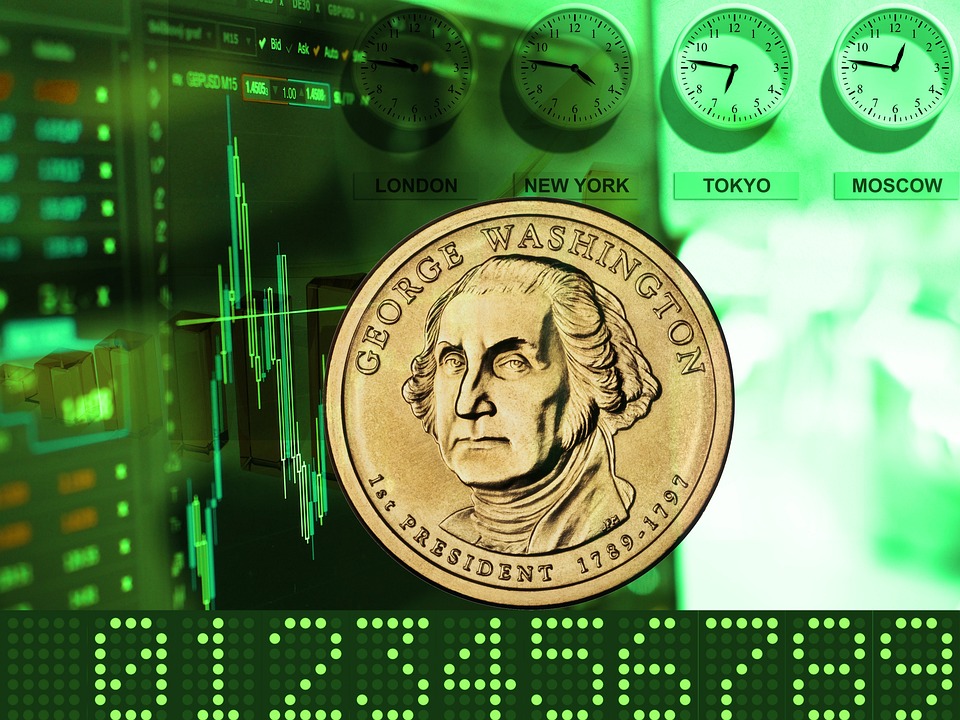Maximizing Returns in Index Futures: Innovative Strategies for Today’s Traders
Index futures have become increasingly popular among traders who are looking to maximize their returns in the financial markets. These derivative contracts allow investors to speculate on the future price movements of a stock index, such as the S&P 500, the Dow Jones Industrial Average, or the NASDAQ 100. Index futures offer several advantages for traders, including leverage, diversification, and the ability to profit from both rising and falling markets. In this article, we will explore some innovative strategies that traders can use to maximize their returns in index futures.
Understanding Index Futures
Before we dive into the strategies for maximizing returns in index futures, it’s important to have a clear understanding of what index futures are and how they work. An index future is a financial contract that obligates the buyer to purchase or sell a stock index at a predetermined price on a future date. These contracts are traded on futures exchanges and are standardized in terms of contract size, expiration date, and tick size.
One of the key advantages of index futures is leverage. By only having to put up a fraction of the total contract value as margin, traders can control a much larger position in the market. For example, if the margin requirement for an S&P 500 futures contract is $5,000 and the contract size is $250,000, the trader only needs to put up 2% of the total contract value as margin. This allows traders to amplify their potential profits, but it also exposes them to higher levels of risk.
Another advantage of index futures is diversification. Instead of having to buy individual stocks, traders can gain exposure to an entire index with a single futures contract. This can help spread out risk and provide a more stable return profile.
Finally, index futures allow traders to profit from both rising and falling markets. If a trader believes that the price of the index will increase, they can buy a futures contract and profit from the price appreciation. Conversely, if they believe that the price will decrease, they can sell a futures contract and profit from the price depreciation.
Innovative Strategies for Maximizing Returns in Index Futures
Now that we have a basic understanding of index futures, let’s take a look at some innovative strategies that traders can use to maximize their returns in these derivative contracts.
1. Spread Trading: Spread trading involves simultaneously buying and selling two different futures contracts on the same underlying index. The goal is to profit from the price difference between the two contracts. For example, a trader might buy a near-month contract and sell a far-month contract, with the expectation that the price differential between the two contracts will narrow over time. This strategy can be used to profit from changes in the term structure of the futures market, as well as to hedge against certain risks.
2. Options on Futures: Another innovative strategy for maximizing returns in index futures is to use options on futures. Options give traders the right, but not the obligation, to buy or sell a futures contract at a predetermined price on or before a specific expiration date. By using options, traders can create a variety of complex trading strategies, such as straddles, strangles, butterflies, and condors, to profit from different market scenarios. Options on futures can also be used to hedge existing futures positions and limit downside risk.
3. Algorithmic Trading: In recent years, algorithmic trading has become increasingly popular in the financial markets. This approach involves using computer programs to automatically execute trades based on predefined rules and parameters. Algorithmic trading can be particularly effective in the futures market, as it allows traders to take advantage of short-term price movements and execute trades at high speeds. By using advanced algorithms and sophisticated trading systems, traders can maximize their returns and reduce the impact of emotions on their trading decisions.
4. Tail Risk Hedging: Index futures can be used to hedge against tail risk, or the risk of extreme events that can have a significant impact on the financial markets. For example, if a trader is concerned about a potential market crash, they can buy out-of-the-money put options on an index futures contract. This will allow them to profit if the price of the index declines significantly, offsetting potential losses in their other investment positions. By incorporating tail risk hedging strategies into their portfolio, traders can protect themselves from catastrophic events and potentially enhance their overall returns.
Frequently Asked Questions (FAQs)
Q: What are the main risks associated with index futures trading?
A: Index futures trading carries several risks, including leverage risk, market risk, liquidity risk, and counterparty risk. Leverage risk arises from the fact that traders can control a larger position in the market with a small amount of margin, which can amplify both profits and losses. Market risk refers to the risk of adverse movements in the price of the underlying index, while liquidity risk refers to the risk of not being able to enter or exit a position at a desired price. Lastly, counterparty risk refers to the risk that the futures exchange or the clearinghouse fails to honor its obligations.
Q: What are some common mistakes that traders make when trading index futures?
A: Some common mistakes that traders make when trading index futures include overleveraging, failing to use risk management strategies, not conducting thorough research, and letting emotions drive their trading decisions. It’s important for traders to be disciplined and patient, and to have a clear trading plan in place before entering the market.
Q: How can I get started trading index futures?
A: To get started trading index futures, you will need to open a futures trading account with a brokerage firm that offers futures trading services. You will also need to deposit the required margin to cover your trading positions. It’s important to educate yourself about the futures market, understand the risks involved, and consider seeking guidance from a professional financial advisor.
In conclusion, index futures offer a range of opportunities for traders to maximize their returns in the financial markets. By using innovative trading strategies, such as spread trading, options on futures, algorithmic trading, and tail risk hedging, traders can take advantage of the unique features of index futures and create a more dynamic and profitable trading portfolio. However, it’s important to be aware of the risks associated with futures trading and to approach the market with a clear plan and disciplined approach. With the right knowledge, skills, and strategies, traders can capitalize on the potential of index futures and achieve their trading objectives.




